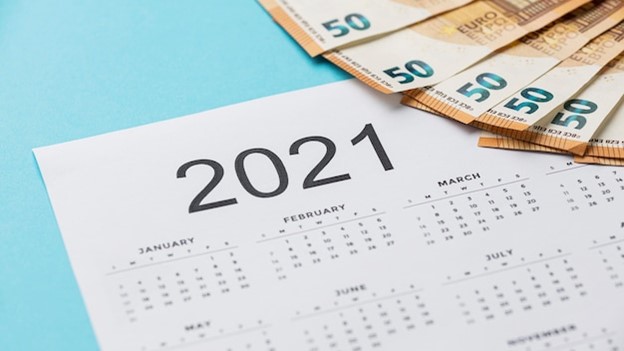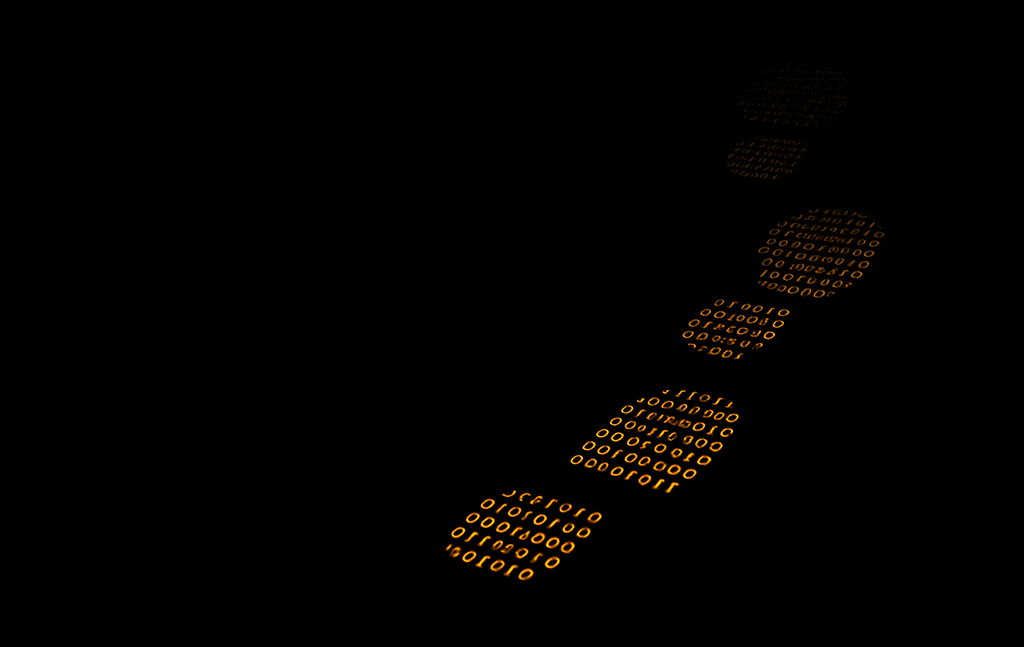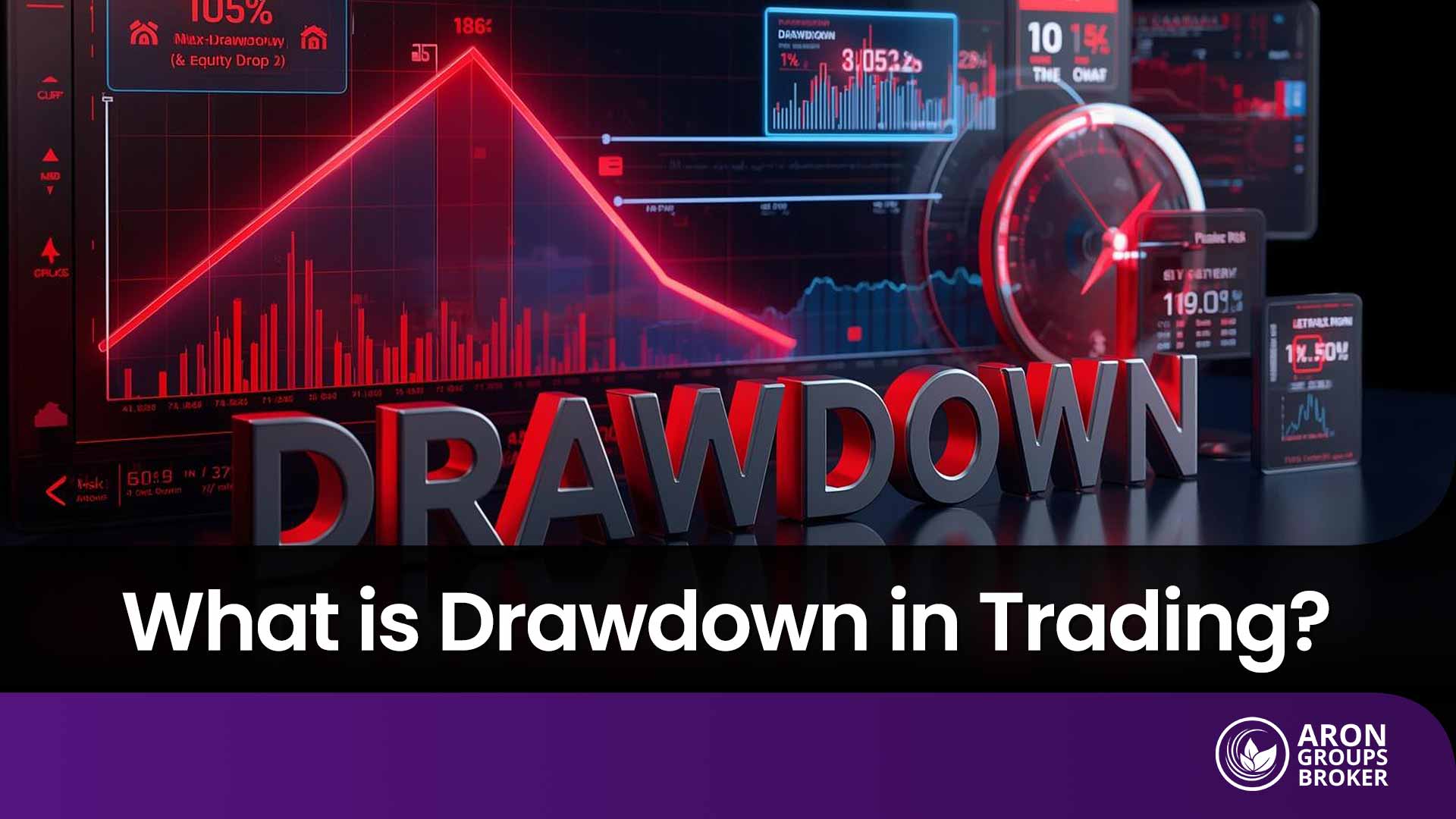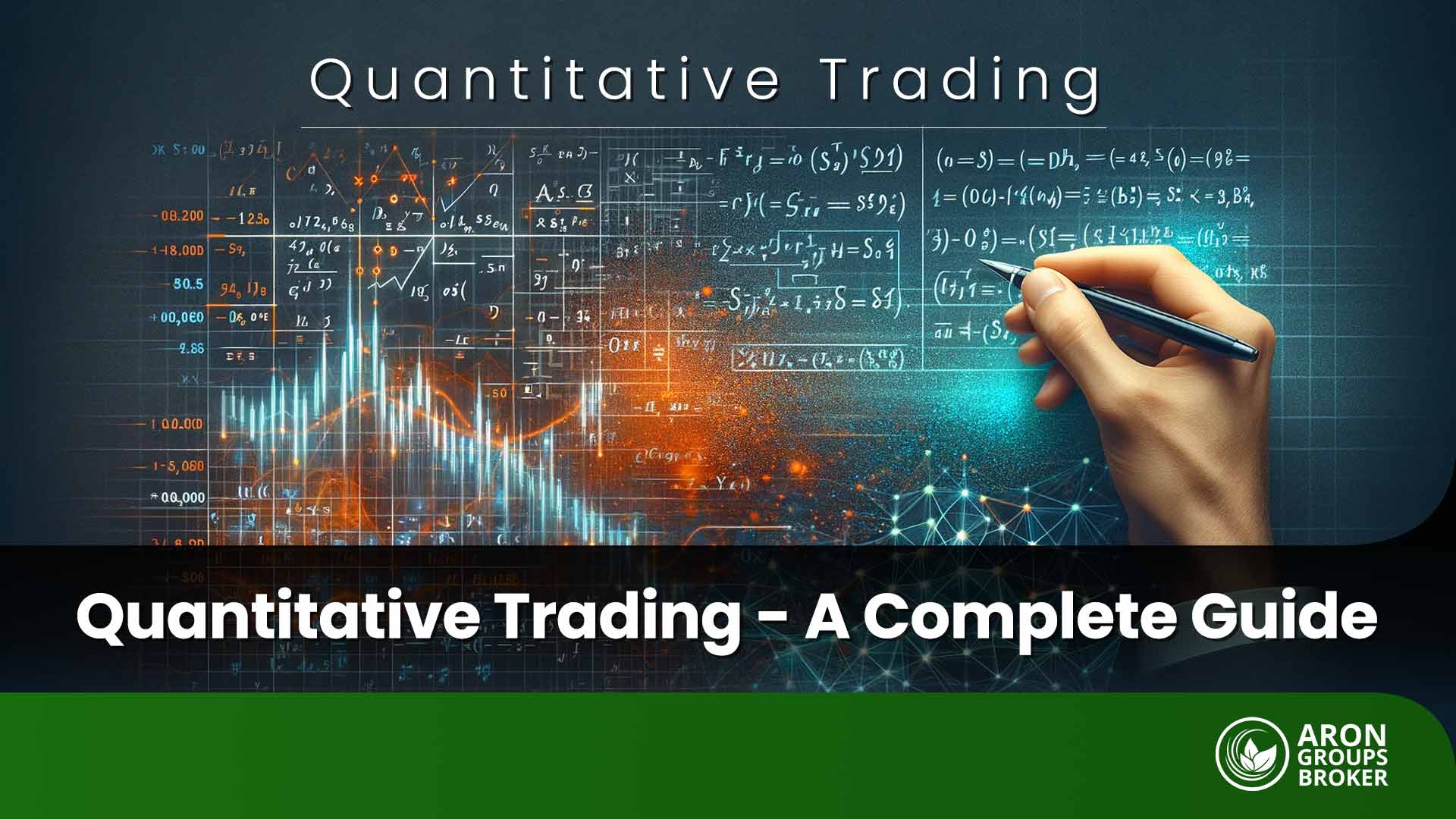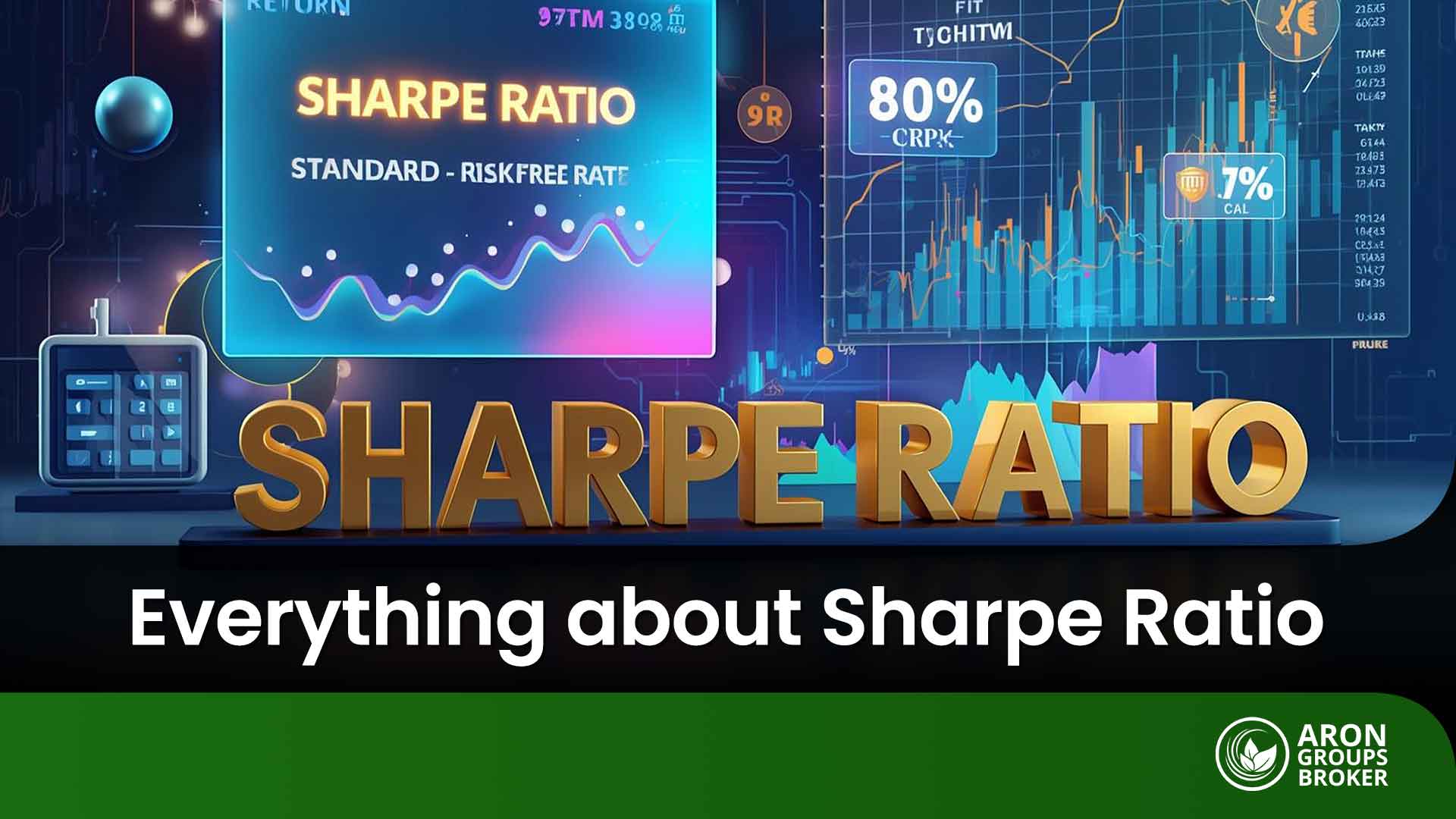Trading in forex everything depends on conducting profitable positions, and you wouldn’t be able to do so without understanding the market infrastructures and the factors that move it. You need to understand market participants to learn about factors responsible for forex price fluctuation.
Without learning everything about the forex market, it is impossible to become a consistently profitable trader. You need to use every tool and information to make informed decisions. An economic calendar is one of the perfect tools to make trading decisions. An economic calendar Is the perfect source of information that is useful for opening fruitful positions. An economic calendar is filled with information about news, political, and economic announcements that can affect the market and change its course. If you are not ready to encounter southern price changes, you won’t be able to make profitable positions. In Aron Groups, we will discuss the importance of an economic calendar to help you become a profitable trader.
Table of Contents
What is an economic calendar?
As the term suggests, an Economic Calendar is a report that contains useful information and is a scheduled date of significant releases or events that might affect the market direction of the price of your favorite currency pair.
Is it Raider it is recommended to use an economy calendar to create your strategy and plan your portfolio reallocations? Everything on the market, from chart patterns to price fluctuations, is affected by events listed in an economic calendar.
Read more: What Is Interest Rate? & How Does It Affect The Economy?
Understanding the economic calendar
Each country has its economic calendar, which includes a scheduled release of economic reports, including the unemployment rate, bank announcements on the interest rate, central bank reports, and economic surveys that show the overall sentiment of consumers and market makers. An economic calendar is a treasure that can help you seize fruitful opportunities and help you stay. Using a calendar, you will always be ready for an expected change of course in the market. The economic calendar helps you to enter or exit a position corresponding with an announcement of some events. Do you need to practice using an economy calendar to master it? Professional traders know how to read the market based on an economy calendar; they understand the nature of the announcement and decide about entering or exiting a position Before this scheduled announcement.
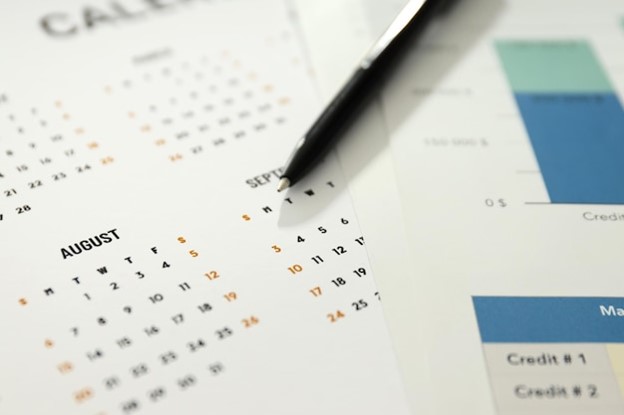
Ready to use an Economic Calendar?
If you are convinced that using an Economic Calendar is to your benefit, you need to start looking for an economy calendar online. Many websites provide this information based on different regions and countries. After downloading an economy calendar, you can open it and enjoy the treasure.
The first thing to do, whether you’re using an economy calendar or any other tool, is to study the market. You need to know what is going on in reading the financials. Market. You might be Trading commodities, currencies, cry, or stocks. In any case, the first thing to do is to research the market.
Next, you must identify economic indicators. There are macroeconomic events that really impact the market and the performance of the country. For example, when studying the GDP reports, PPI levels, or inflation rate, you are actually installing the health and performance of a country’s economy. These are important indicators you need to take into consideration.
Don’t ignore the history. History tends to repeat itself, and no one can deny it. Now that you have researched the market and identified indicators, it is time to look at the history of the country to understand the magnitude of the impact of this chart of events on the market. The history will share useful secrets if you listen carefully.
Read the news. When using an economy calendar, tracking news releases and economic announcements is vital.
Now that you have enough information, you can create your calendar. Let’s face it: The forex is a huge market that includes participants from all around the world, and you would then be able to study all countries’ economic calendars. The best strategy is to choose your favorite events and decide how much information you can process in a given time to avoid being overwhelmed and confused.
The last thing to do is to set an alert to get notified about new releases without having to look at the market all the time.
Read more: How To Manage Risk In The Forex Market
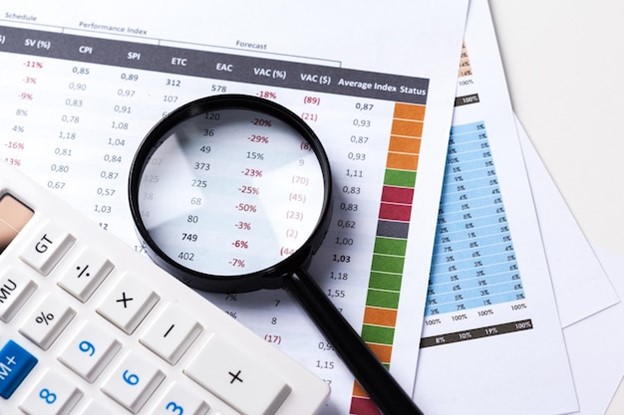
Learn how to read an economic calendar.
You can find economic calendars online, and there are different types of them available. That is why we have recommended you create your own calendar using the events that you are interested in.
Consider the trades you prefer to make and the asset classes and regions you are comfortable with to create your economic calendar.
Customize your own economic calendar to limit the amount of information you need to evaluate; by doing so, you will be saving time, and you can focus on other factors influencing the market.
Read more: Cryptocurrencies Market Future
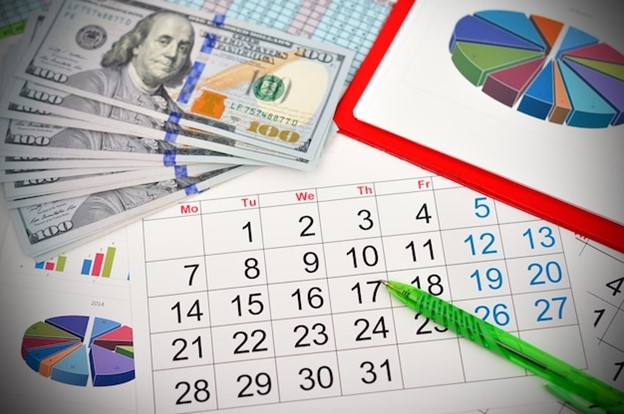
Different types of economic calendar
As we have mentioned, you can create your own calendar concentrating on your favorite events. There are two types of events you can put into your economy calendar:
A lagging indicators
This type of event has already happened, and now you are witnessing its consequences. For example, the interest rate proposed by a central bank is an event that has already happened, but now you can measure the output of it.
A leading indicators
Leading indicators are events that impact the future of the market. Let’s say you have downloaded the result of an Economic survey demonstrating customer confidence and telling you about future customers spending.
Read more: How To Become A Successful Trader?
What information does an economy calendar provide?
You will find the following you will find the following information in an economic calendar:
PMI
PMI, which stands for the purchasing manager index, is a survey conducted by a company to evaluate the performance of the construction, manufacturing, and service sectors. The PMI is between 0 and 100; any number above 50 shows a promising economy.
Retail sales
There are strong participants in the market, including central Banks. Still, when it comes to the retail sector, the number is greater, so when the retail sales increase, it can be considered a signal for an expanding economy.
Central Banks
Central banks are the most influential financial institutions in the forex market, and it is recommended to study the economic announcements of the following central Banks:
- Swiss National Bank (SNB)
- Bank of Canada (BOC)
- European Central Bank (ECB)
- Bank of England (BOE)
- Bank of Japan (BOJ)
- Federal Reserve
The bottom line
As a forex trader, it is wise to use every tool you can lay Your yandshOn. An economic calendar is a useful source of information that provides you with employment rate, inflation rate, interest rate, PPI, CPI, and many more economic news and announcements that can impact the market.
In order to create a solid and valid strategy, you need to be alert and consider the economic announcement and their influences on your favorite currency pair. When using an economic calendar, you won’t be surprised when events come out and will be ready to alter your position according to the influences of an economic release.
Read More: Forex Calculator












